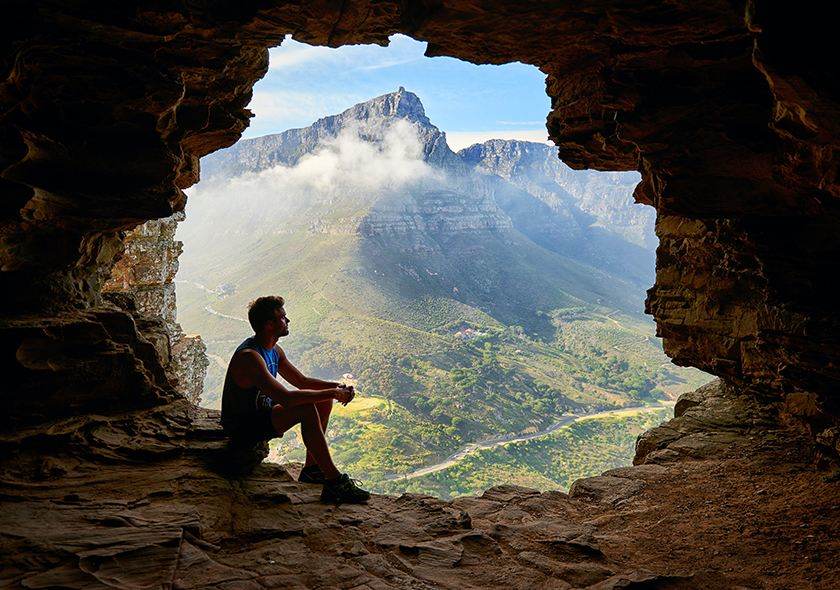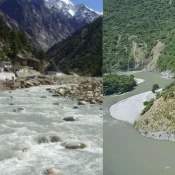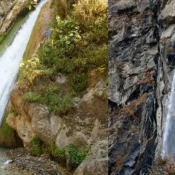
Rivers In Uttarakhand: Holy Rivers of India’s Spiritual Land
In the lap of the Himalayas, Uttarakhand thrums with the lifeblood of countless rivers. Their origins shrouded in myth and glacial wonder, tell tales of mighty journeys from icy peaks to fertile plains. Explore the source of the Ganges at Gaumukh, where Bhagirathi gushes forth, or trace Alaknanda’s path from the Satopanth glacier. Many, like the sacred Yamuna, cradle ancient pilgrimage sites like Haridwar and Rishikesh. Kayak serene lakes or white-water raft on the roaring Ganges, its tributaries like Mandakini and Pindar offering thrilling adventures. Immerse yourself in the legend of Saraswati, said to flow invisibly alongside the Ganges, or discover hidden gems like Tons and Nayar, perfect for serene getaways. Each bend in Uttarakhand’s rivers whispers stories of history, spirituality, and natural beauty, waiting to be unraveled.
Hole Rivers in Uttarakhand
Ganga River
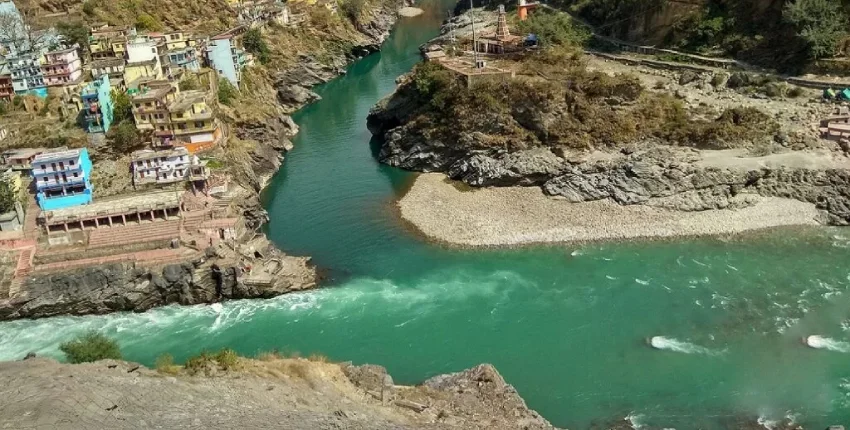
The Ganges, also known as Ganga Ma (Mother Ganges) in Hindi, is not just a river; it’s a lifeline, a symbol of purity, and a spiritual sanctuary for millions in India. Flowing 2,525 kilometers (1,569 miles) from the Himalayas to the Bay of Bengal, it nourishes the vast Gangetic plains, supporting the lives of over 400 million people. Let’s delve into the essence of this iconic river:
Origin Story of Ganga River
The Ganges’ origin story is deeply intertwined with Hindu mythology. It’s believed that King Bhagiratha, through his penance, brought the holy river down from heaven to cleanse the sins of his ancestors. The source of the Ganges, the Gangotri Glacier, nestled high in the Himalayas, is considered a sacred pilgrimage site.
Tributaries
- Yamuna: The holiest tributary, joining the Ganges at Prayagraj (Allahabad).
- Ramganga: Flowing through Uttarakhand and Uttar Pradesh.
- Ghaghara: Rising in Nepal and joining the Ganges in Uttar Pradesh.
Places to Visit Near Ganga River
The banks of the Ganges are dotted with numerous pilgrimage sites and vibrant cities, each offering a unique experience:
- Haridwar: The “Gateway to God,” famous for its Ganga aarti (prayer ceremony) and vibrant temples.
- Rishikesh: The “Yoga Capital of the World,” known for its spiritual ashrams and adventure activities.
- Varanasi: The holiest city in Hinduism, where life and death intertwine on the ghats (steps) leading down to the river.
- Prayagraj: The confluence of the Ganges, Yamuna, and Saraswati rivers, a major pilgrimage site during the Kumbh Mela.
Things to Do at Ganga River
- Take a holy dip: For many Hindus, bathing in the Ganges is a purifying ritual.
- Witness the Ganga aarti: Experience the mesmerizing fire prayer ceremony on the ghats.
- Embark on a boat ride: Glide down the river, soaking in the serenity and observing life on its banks.
- Explore the ancient temples and ashrams: Immerse yourself in the rich spiritual heritage along the river.
- Indulge in local cuisine: Savor delicious vegetarian dishes inspired by the Ganges’ bounty.
Yamuna River
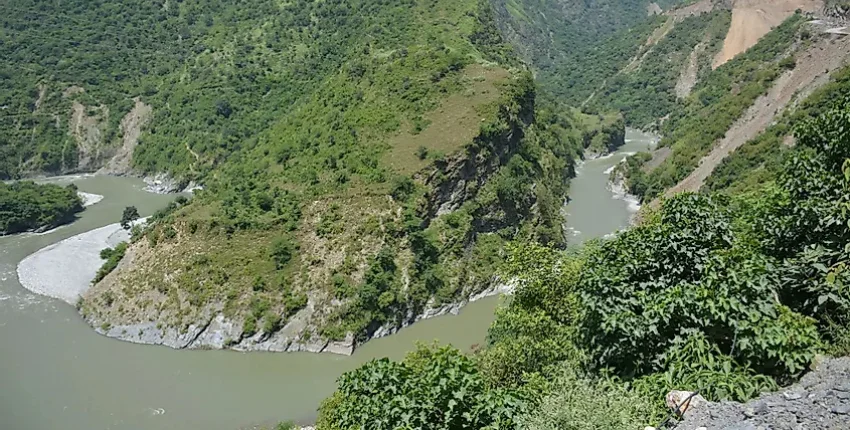
The Yamuna, often referred to as “Yamuna Ji” in reverence, is not just a river but a sister, daughter, and lifeline for millions in India. Flowing majestically for 1,376 kilometers (855 miles), she joins the Ganges at Prayagraj (Allahabad), forming a sacred confluence and nourishing the vast Gangetic plains. Let’s dive into the essence of this revered river:
Origin Story of Yamuna River
Yamuna’s origin story, like the Ganges, is deeply rooted in Hindu mythology. She is believed to be the daughter of Sun God Surya and sister of Yama, the God of Death. According to legend, she descended from the heavens to Earth to grant her devotees’ wishes and bring prosperity. Yamuna’s source lies in the Yamunotri Glacier, nestled high in the Himalayas, making it a revered pilgrimage site.
Tributaries
While not as numerous as the Ganges, Yamuna’s tributaries play a crucial role in sustaining her flow. Some significant ones include:
- Chambal: The largest tributary, known for its scenic ravines and rich biodiversity.
- Betwa: Flowing through Madhya Pradesh and joining the Yamuna in Uttar Pradesh.
- Ken: Rising in Madhya Pradesh and merging with the Yamuna in Uttar Pradesh.
Places to Visit Near Yamuna River
The banks of the Yamuna are adorned with historical sites and bustling cities, each offering a unique experience:
- Mathura: The birthplace of Lord Krishna, where Yamuna holds immense significance in his life and stories.
- Agra: Home to the iconic Taj Mahal, where Yamuna reflects the monument’s beauty and symbolizes eternal love.
- Vrindavan: A holy town associated with Lord Krishna’s childhood, where Yamuna plays a central role in religious rituals.
Things to Do at Yamuna River
- Offer prayers: Many devotees perform puja (worship) by the river, seeking blessings and expressing gratitude.
- Take a boat ride: Float down the Yamuna, admiring the landscape and experiencing its tranquility.
- Explore historical sites: Immerse yourself in the rich history and mythology associated with the river.
- Enjoy local delicacies: Savor dishes inspired by the river’s bounty, like Mathura’s petha (sweet candy).
- Participate in festivals: Witness vibrant celebrations like Yamnotsav, honoring the river’s significance.
Bhagirathi River
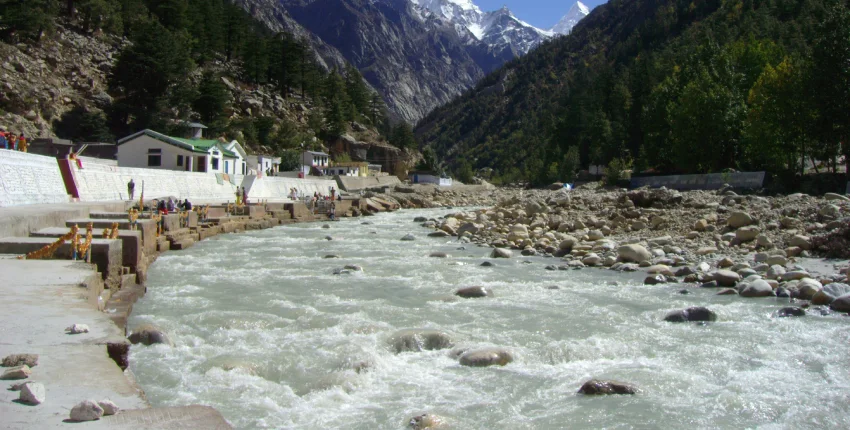
The Bhagirathi, cradled in the majestic Himalayas, sings a different tune compared to its sister, the Ganges. Considered the source stream of the mighty Ganga, it journeys 205 kilometers (127 miles) with turbulent energy, carving a dramatic path through Uttarakhand. More than just a river, the Bhagirathi is a spiritual symbol, a source of life, and a whisper of ancient legends.
Origin Story of Bhagirathi River
Hindu mythology paints a mesmerizing picture of the Bhagirathi’s origin. King Bhagiratha, through immense penance, brought the celestial Ganges down to Earth to liberate his 60,000 ancestors from a curse. The source, Gaumukh, a breathtaking glacial snout at the foot of Gangotri, marks the start of this sacred journey.
Tributaries
While flowing solo for most of its course, the Bhagirathi welcomes a few key tributaries:
- Jadh Ganga (Jahnavi): Emerging from the Gangotri Glacier, it merges with the Bhagirathi near Uttarkashi.
- Kedar Ganga: Flowing down from Kedarnath, it adds its glacial waters near Gangnani.
- Bhilangana: Joining the Bhagirathi close to Bhaironghati, it carries the essence of the Bhagirathi Shikhar peak.
Places to Visit Near Bhagirathi River
The Bhagirathi’s journey unfolds through captivating landscapes:
- Gangotri: Nestled near Gaumukh, this pilgrimage town marks the river’s birth and offers breathtaking Himalayan views.
- Uttarkashi: An ancient town where the Bhagirathi roars through, housing historical temples and vibrant markets.
- Bhaironghati: A scenic valley where the Bhagirathi merges with the Jahnavi, known for its natural beauty and religious significance.
Things to Do at Bhagirathi River
- Embark on a pilgrimage: Take a holy dip in the glacial waters of Gaumukh or experience the spiritual aura of Gangotri.
- Trek along the river: Hike alongside the Bhagirathi, witnessing its power and the breathtaking Himalayan backdrop.
- Explore ancient temples: Discover historical sites like Gangotri temple or Kashi Vishwanath temple in Uttarkashi.
- White-water rafting: Experience the thrill of navigating the Bhagirathi’s rapids in certain sections.
- Camp under the stars: Soak in the serenity of the riverbank and admire the starry night sky.
Alaknanda River
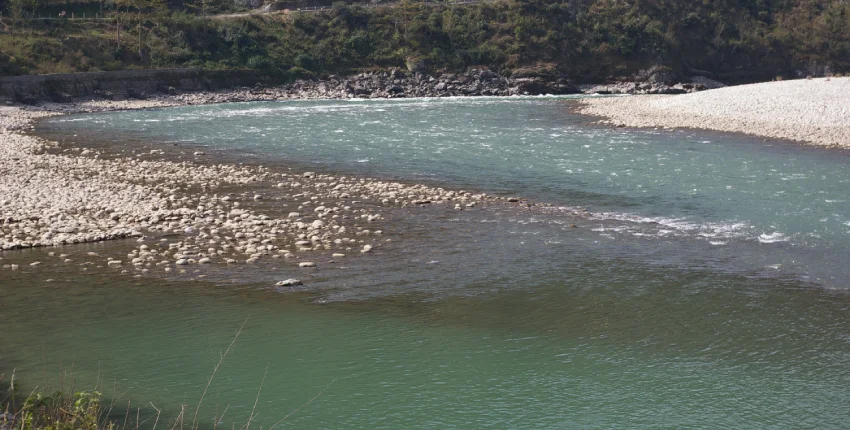
Alaknanda, a roaring sister of the Ganges, carving its path through the majestic Garhwal Himalayas. Flowing for 220 kilometers (137 miles), this glacial beauty, often considered the true source of the Ganges, paints a story of power, spirituality, and breathtaking landscapes. Let’s dive into its essence:
Origin Story of Alaknanda River
Unlike the Bhagirathi’s legendary descent, the Alaknanda’s origin is traced back to the convergence of two glacial giants – Satopanth and Bhagirath Kharak glaciers. This majestic union, nestled amidst snow-capped peaks, marks the Alaknanda’s birth and sets the stage for its awe-inspiring journey.
Tributaries
Several glacial streams feed the Alaknanda’s might, each adding its unique character:
- Vishnu Ganga: Emerging from the Vishnu Gadi glacier, it joins the Alaknanda near Vishnuprayag.
- Nandakini: Descending from the majestic Nanda Devi peak, it merges with the Alaknanda at Nandaprayag.
- Dhauliganga: Flowing down the Valley of Flowers, it adds its floral essence near Govindghat.
- Mandakini: Renowned for its turquoise waters, it meets the Alaknanda at Rudraprayag.
Places to Visit Near Alaknanda River
The Alaknanda’s journey unfolds through picturesque valleys and holy towns:
- Alaknanda’s journey unfolds through picturesque valleys and holy towns:
- Joshimath: A gateway to Himalayan treks and pilgrim sites, it offers stunning views of the Alaknanda’s confluence with the Vishnuganga.
- Govindghat: The starting point for treks to Hemkund Sahib and the Valley of Flowers, it buzzes with pilgrim activity and offers mesmerizing river views.
- Rudraprayag: The confluence of the Alaknanda and Mandakini, forming a sacred site adorned with ancient temples and vibrant markets.
- Devprayag: The holy union of the Alaknanda and Bhagirathi, marking the official birth of the Ganges and attracting pilgrims year-round.
Things to Do at Alaknanda River
- Embark on a pilgrimage: Visit holy sites like Badrinath Temple or Hemkund Sahib and experience the spiritual aura.
- Trek alongside the river: Hike through stunning valleys like the Valley of Flowers, witnessing the Alaknanda’s power and natural beauty.
- Experience white-water rafting: Test your courage on the Alaknanda’s rapids in designated sections.
- Camp by the river: Immerse yourself in the tranquility of the riverside and enjoy stargazing under the clear mountain sky.
- Explore local villages: Interact with the warm communities residing along the banks and learn about their culture.
In Uttarakhand, rivers aren’t just bodies of water; they’re sacred lifelines, embodying spiritual significance and cultural heritage. Their presence transcends mere geography, fostering reverence and sustenance for both locals and pilgrims. Uttarakhand’s rivers epitomize the profound intertwining of nature, faith, and human existence.
Recent Posts
Rivers In Uttarakhand: Holy Rivers of India’s Spiritual Land
Waterfall In Uttarakhand – A Guide to Uttarakhand’s Diverse Waterfalls
